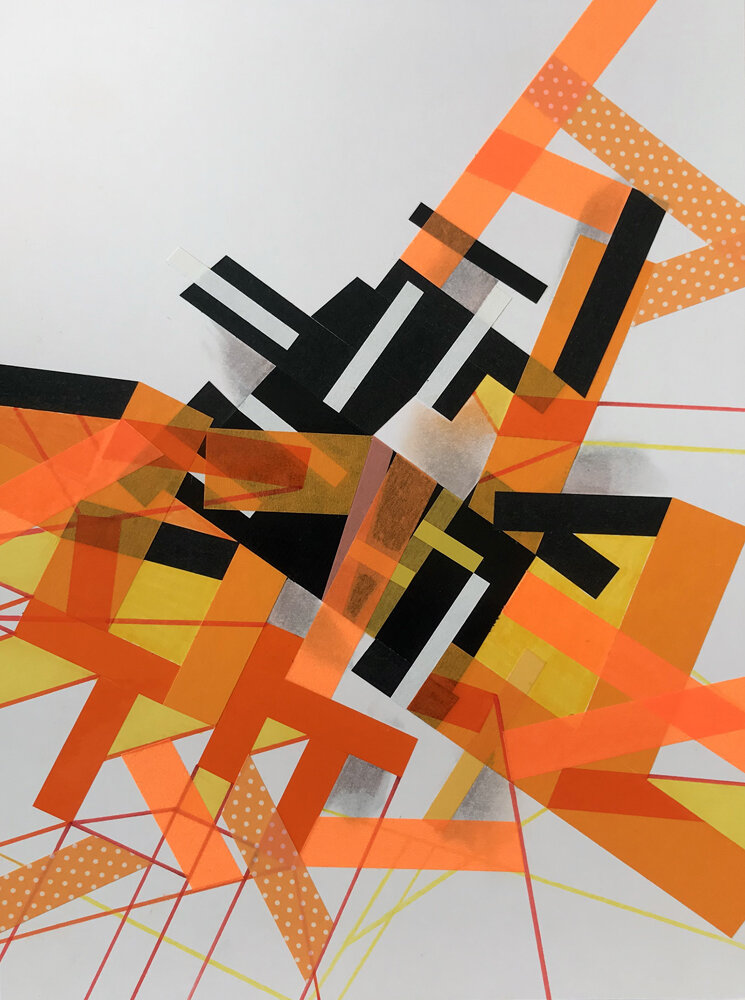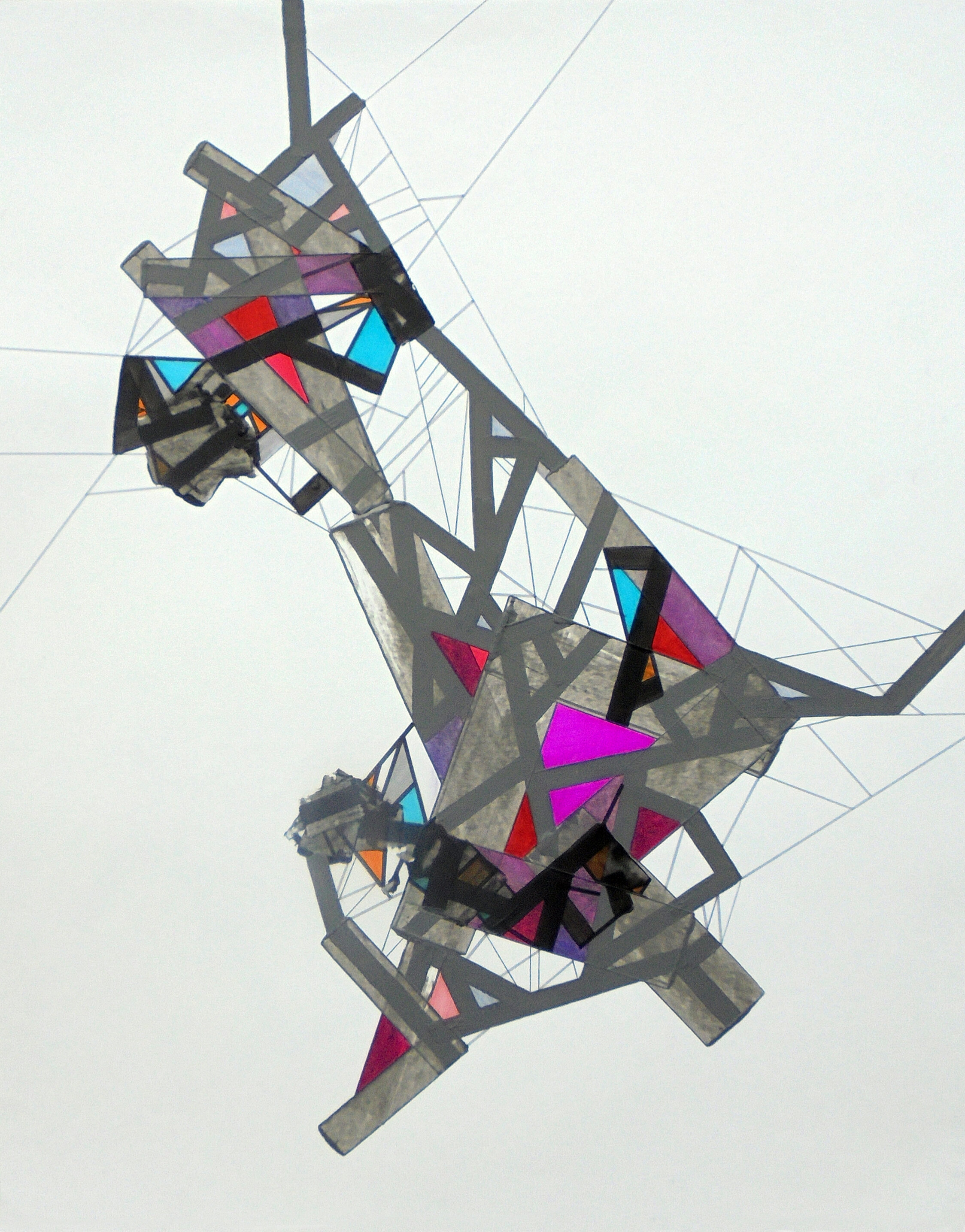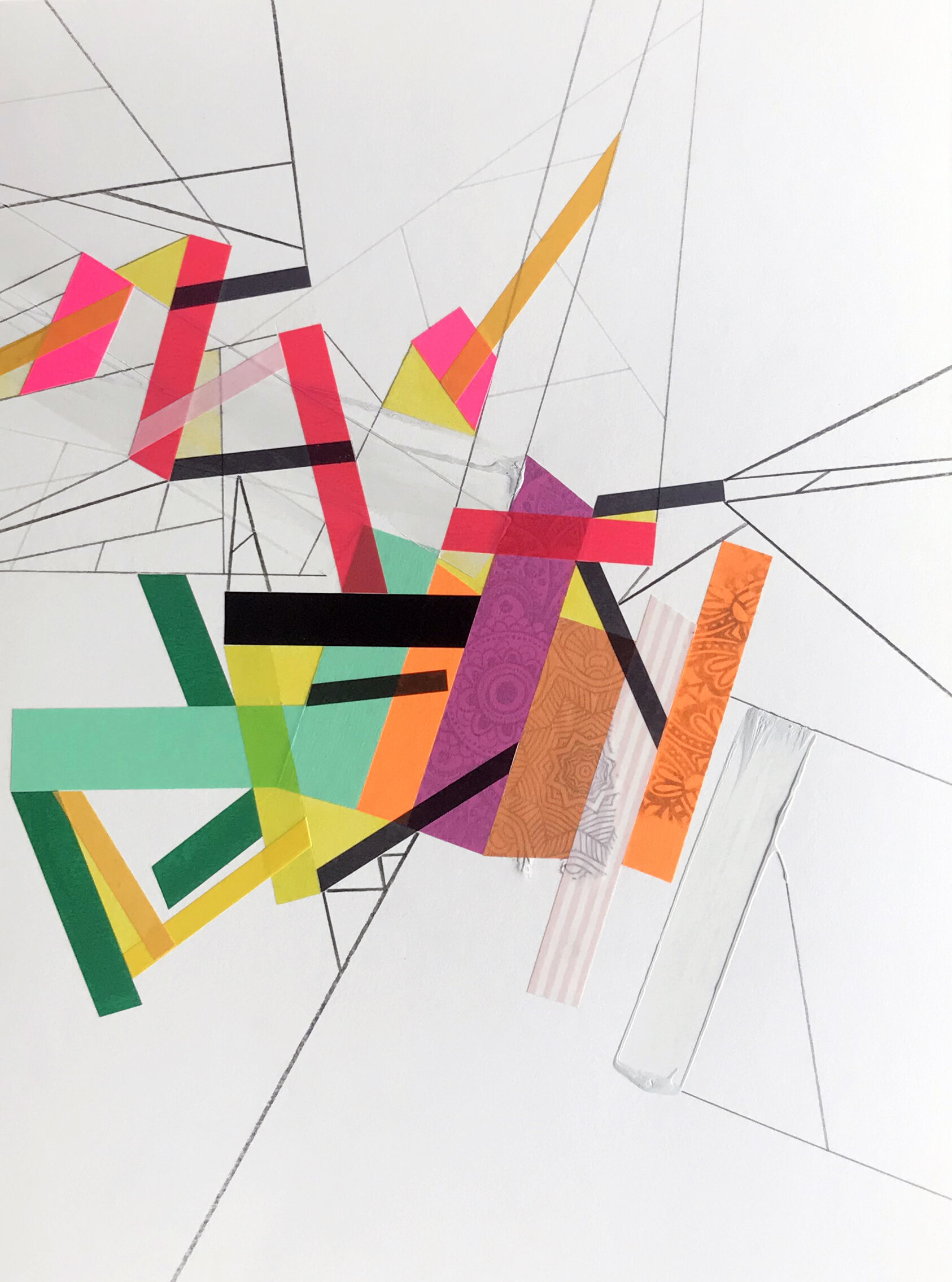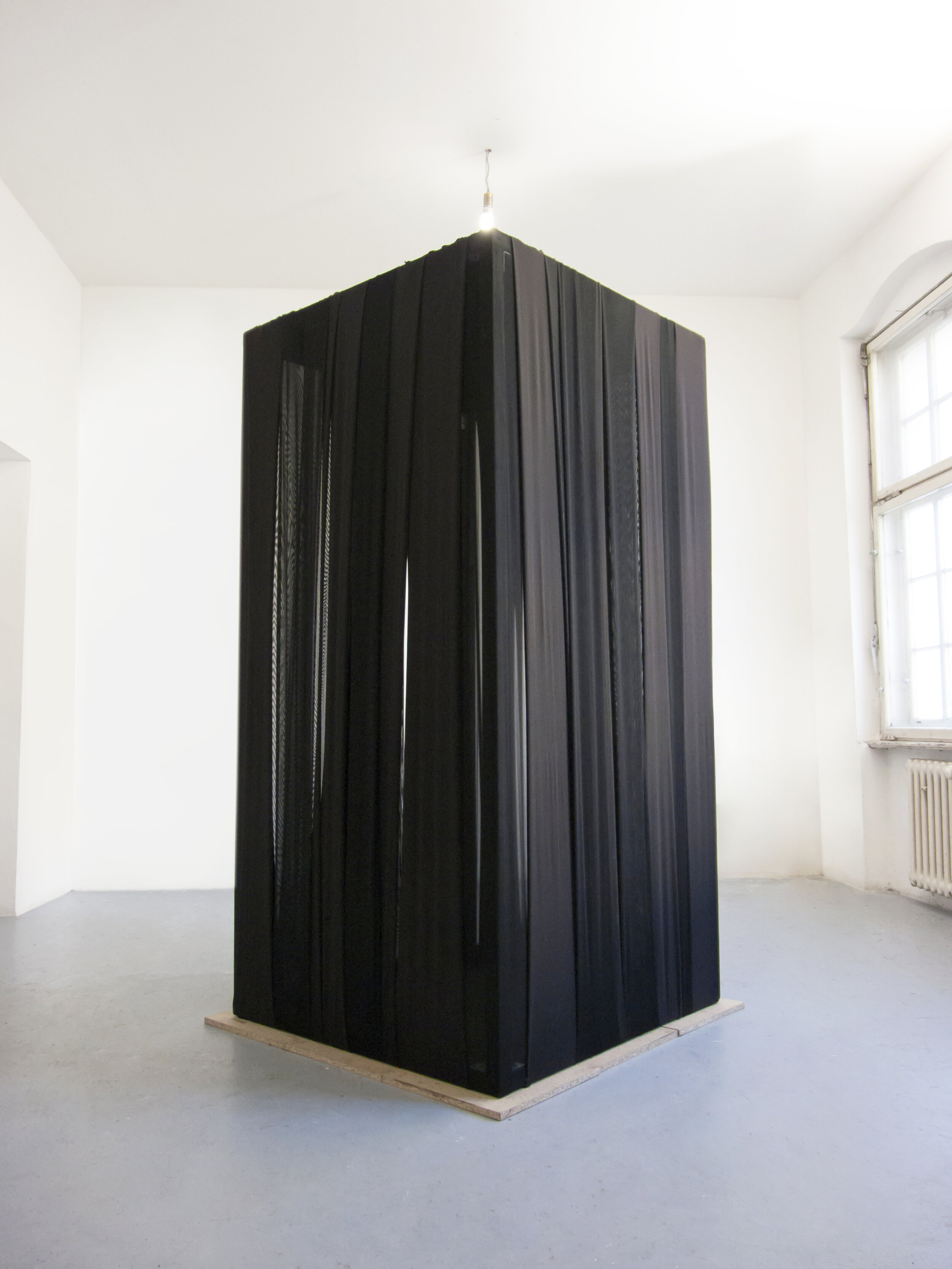Looking Forward while Looking Back:
A Part of it All
Second Segment
Curated by Elisa Gutiérrez Eriksen
Oct 23 - Nov 12, 2020
NARS Foundation is happy to present “A Part of it All” as a continuation of the Looking Forward while Looking Back Series. This iteration is divided in two segments. In the second one we present the works of Linda Loh, Tadasuke Jinno and Philippe Halaburda.
Through the use of simple gestures related to actions, patterns, colors, structures, or even moments, this group of artists investigates the ways in which perception operates and responds. Just as time doesn't pass identically to everyone, looking at images/perception is not an identical experience. In this sense, the works in this two part exhibition explore cognitive stimulation and interactions with different fragments of the unconscious mind.
While exploring visual illusions and playing with perception to find the dividing point between what is real and what is not, these artists build a sensorial vocabulary –made of light, objects, patterns and colors– that serves as a path towards awareness, emphasizing that, over all, we´re not external observers but a part of it all.
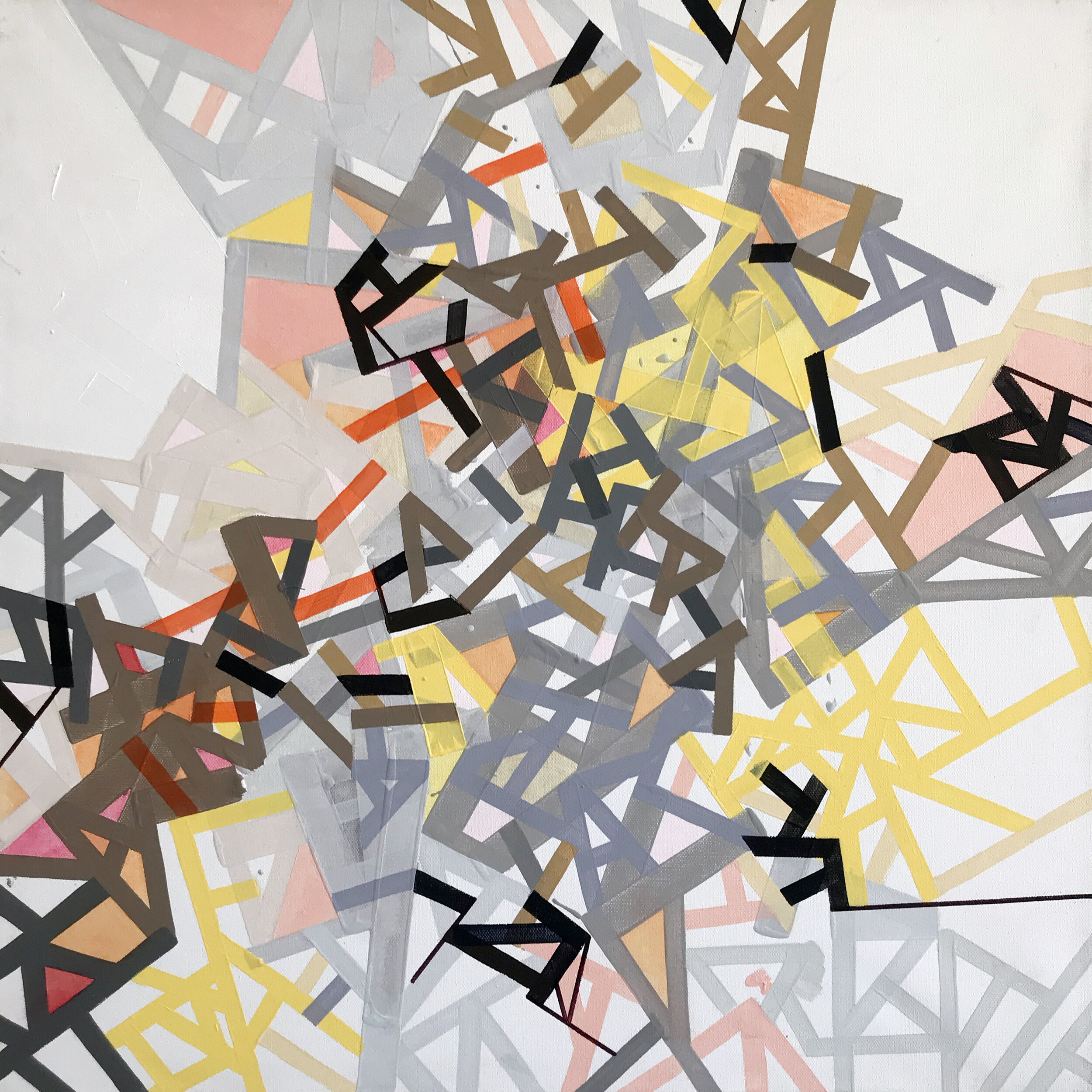
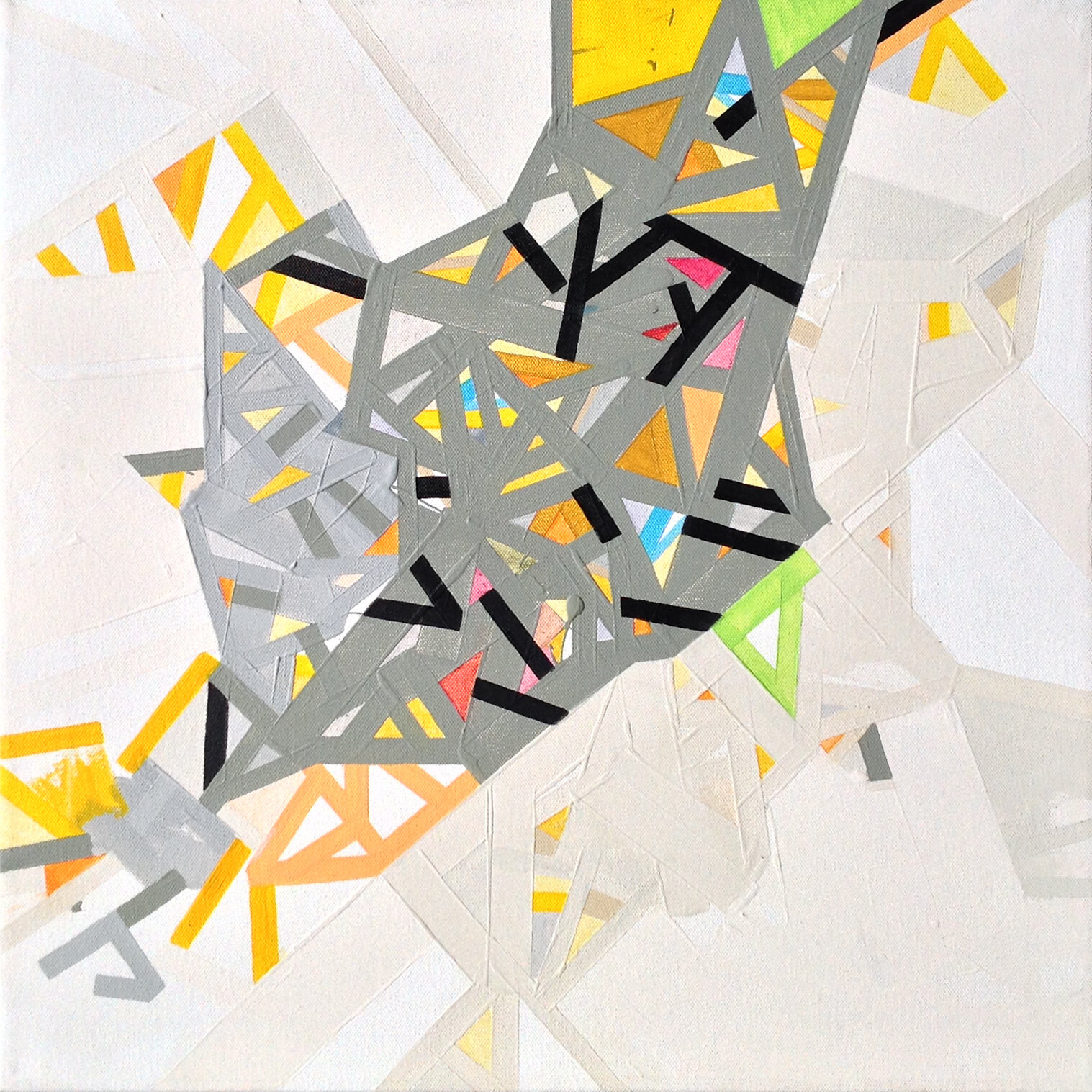
Philippe Halaburda (USA)
NARS Alumni, 2015 Season II
@halaburda
Based on feelings or memories, my work process delves into the complex undercurrents of intimate and collective interactions.
The blurry boundary between perception and experience always inspired me: I am interested in the randomness of emotion through art by imaging abstract visuals based on the subconscious.
Exploring forms and lines in my map compositions, I form disaggregated grids and imaginary topographies exploring social tensions and relationships, instead of addresses and landmarks.
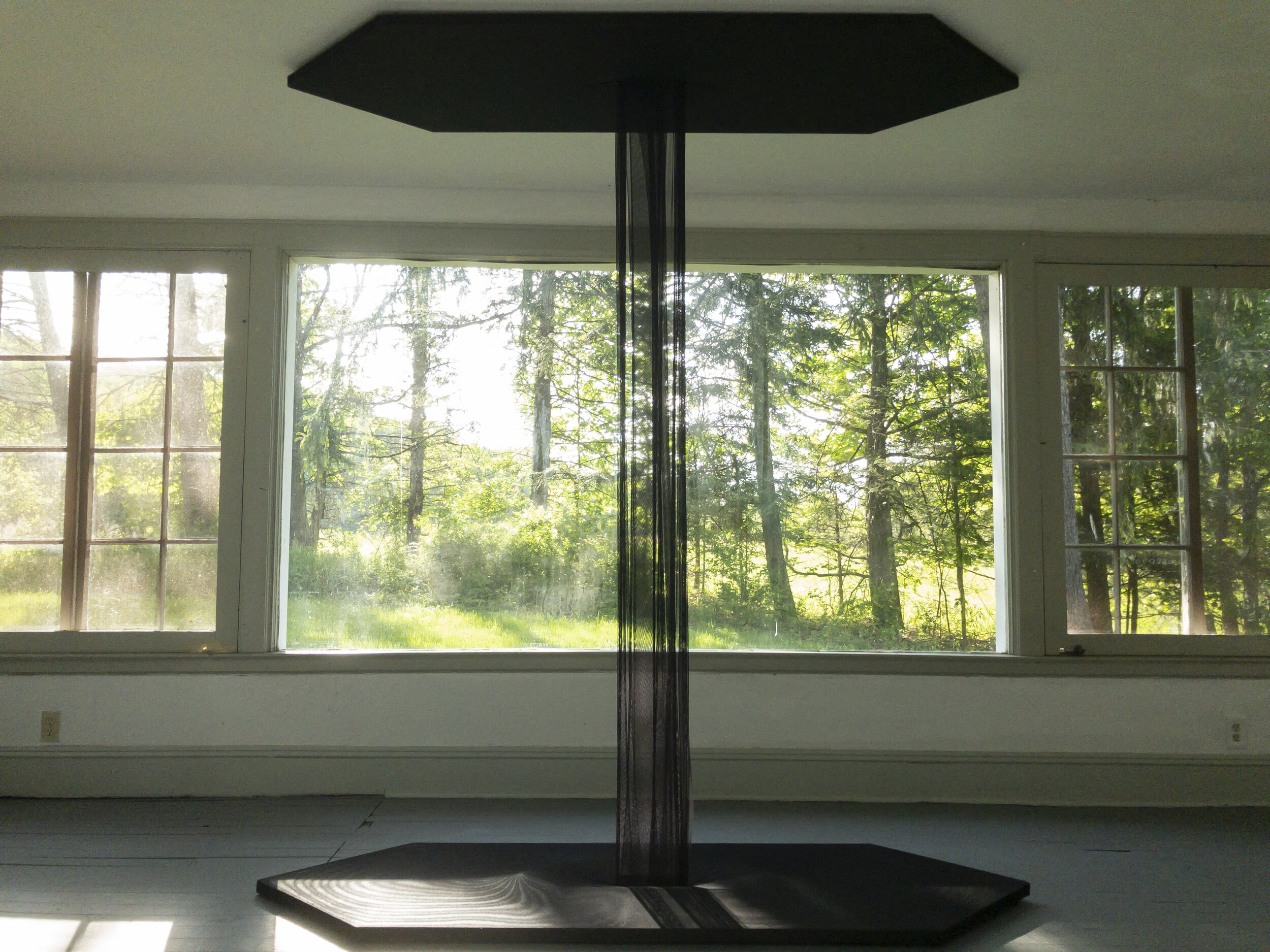
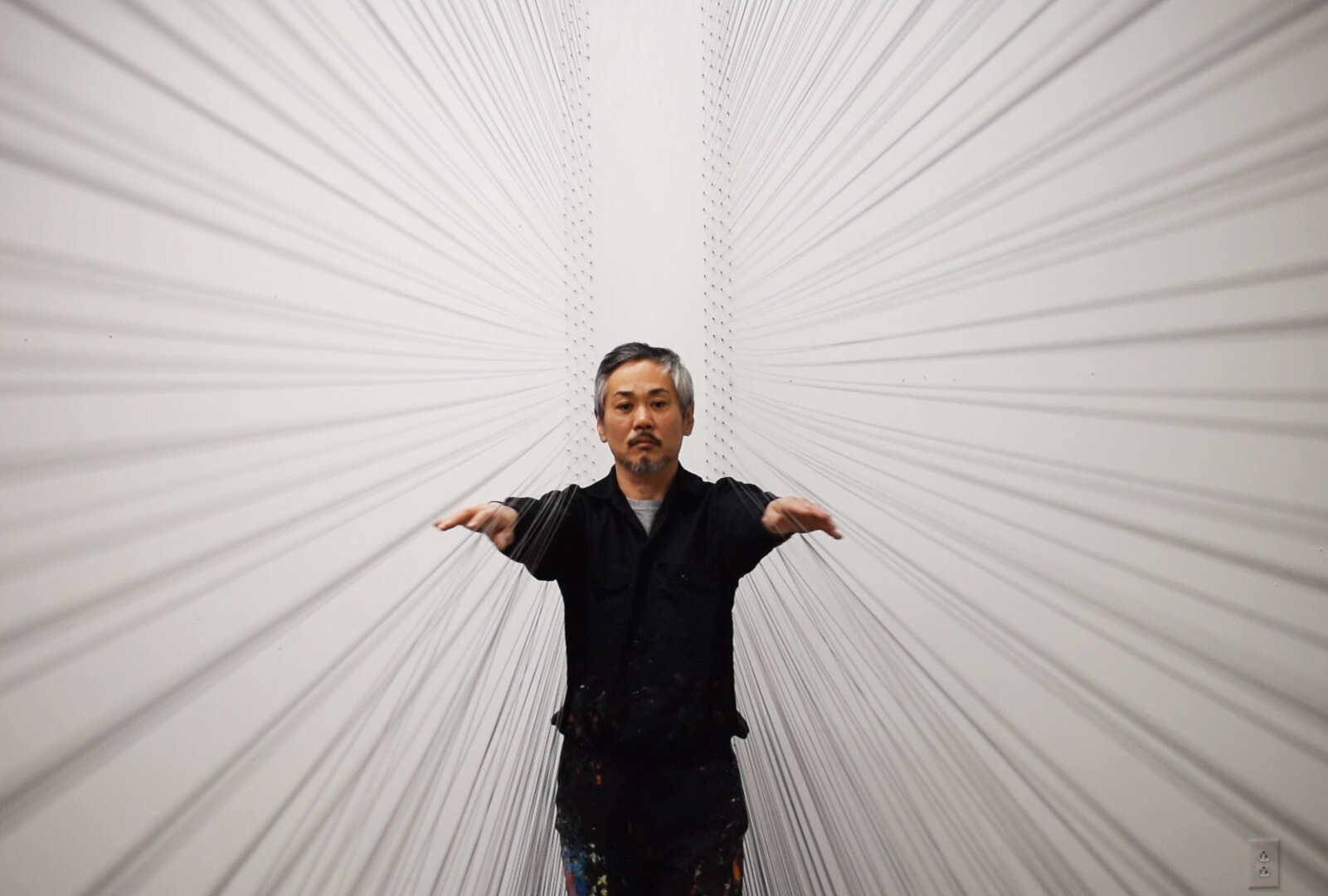
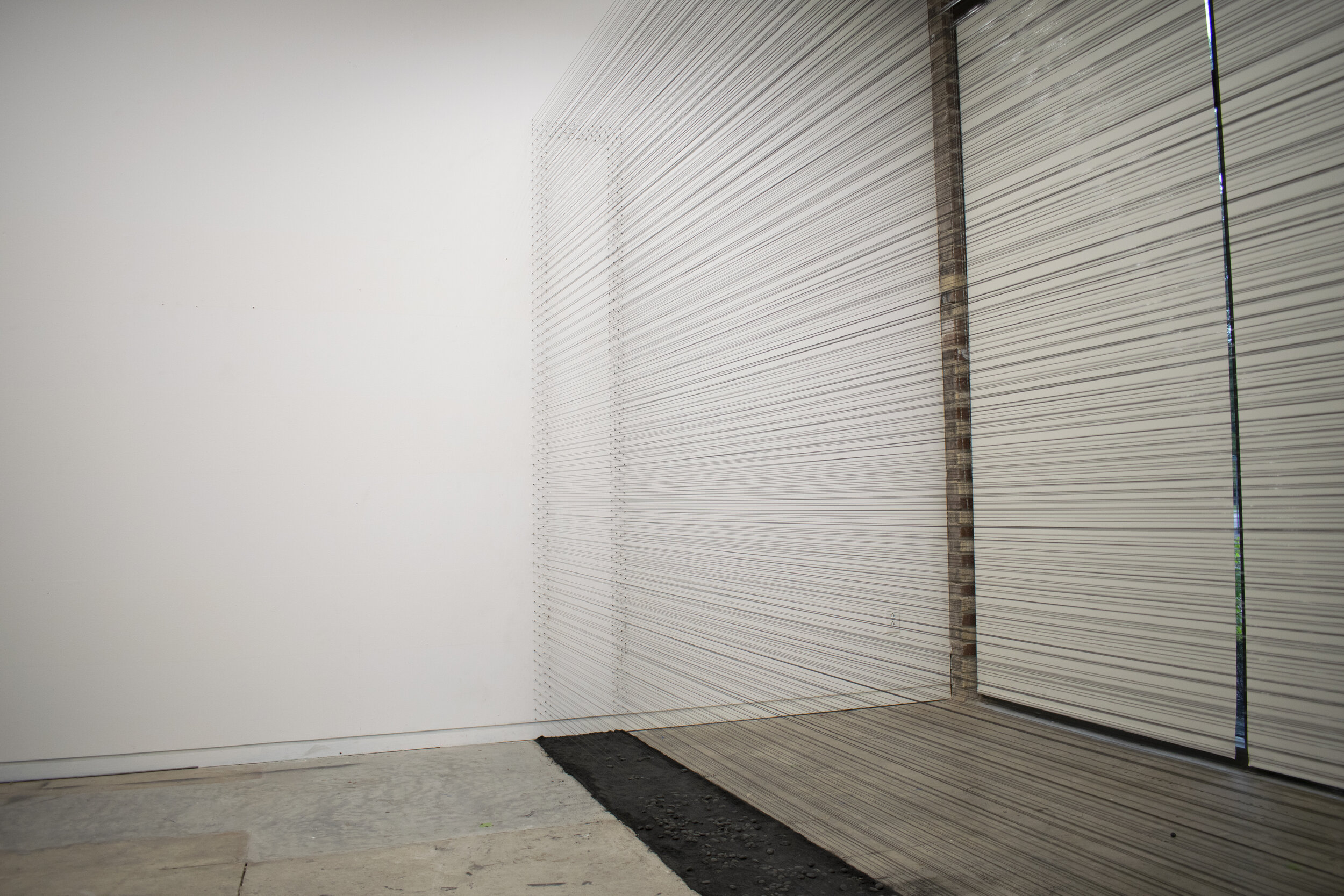
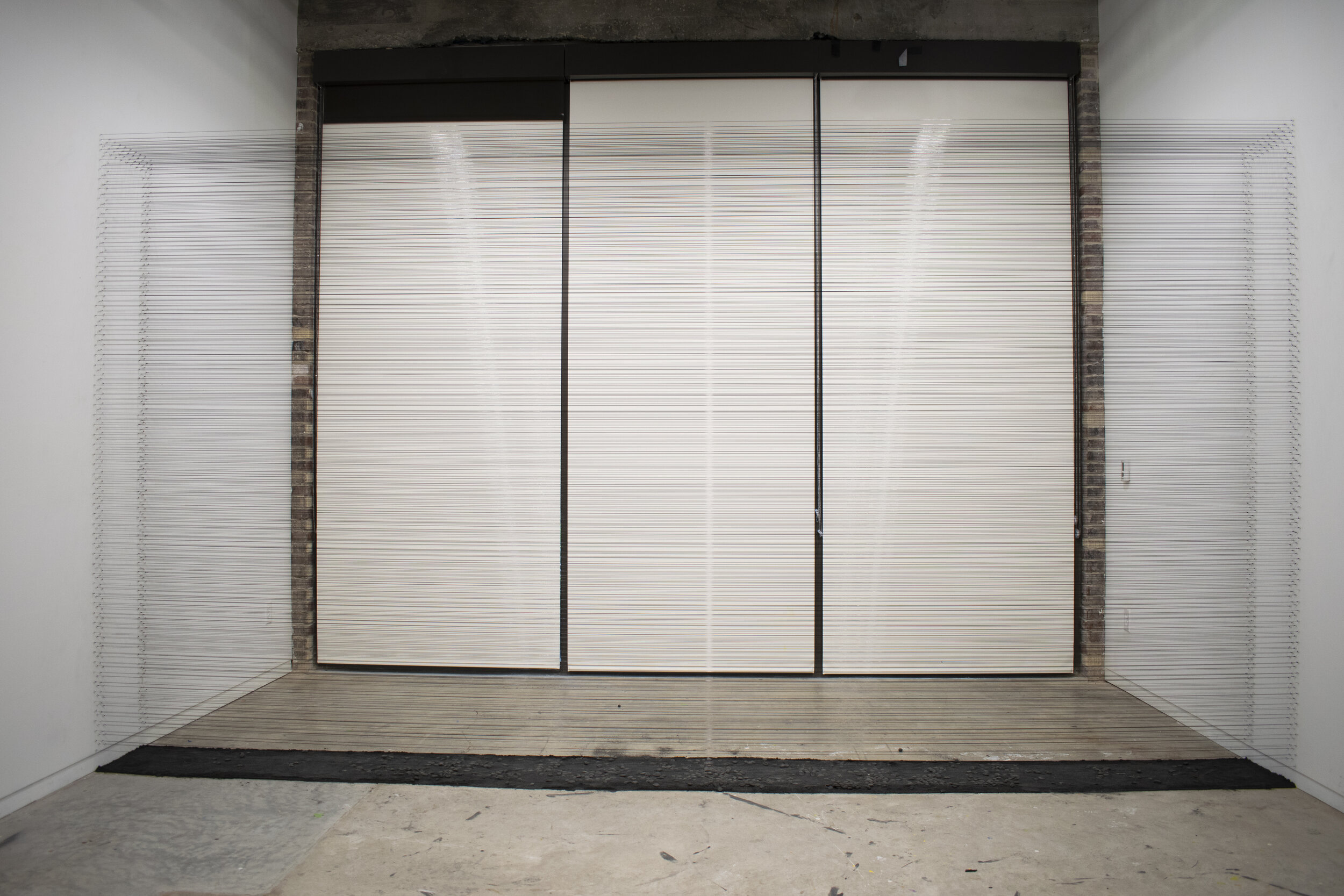
Tadasuke Jinno (Japan)
NARS Alumni, 2014 Season I - II
@tadasukeart
My art works are like an entrance or exit across the border between reality and unreality. It is like a “Gate”. The works cause viewers to experience visual illusion or new perception with colors, shapes, materials, composition and environment.
I believe that experiencing visual illusion or new perception through my works will open your entrance or exit connecting the reality and unreality, by the feeling that you have never had before. It is expressed not only in terms of effect, but also in color, shape, arrangement and so on.
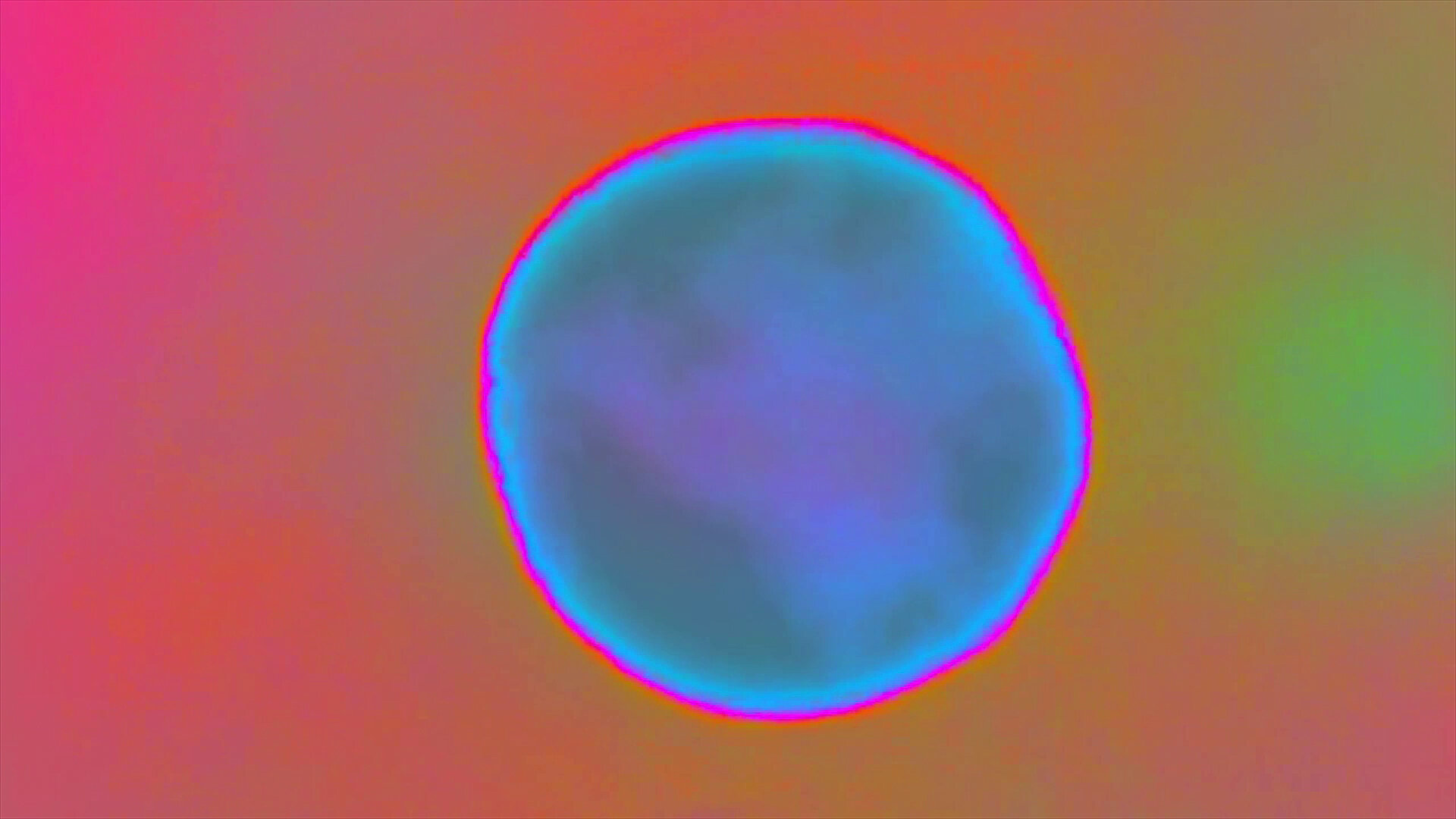
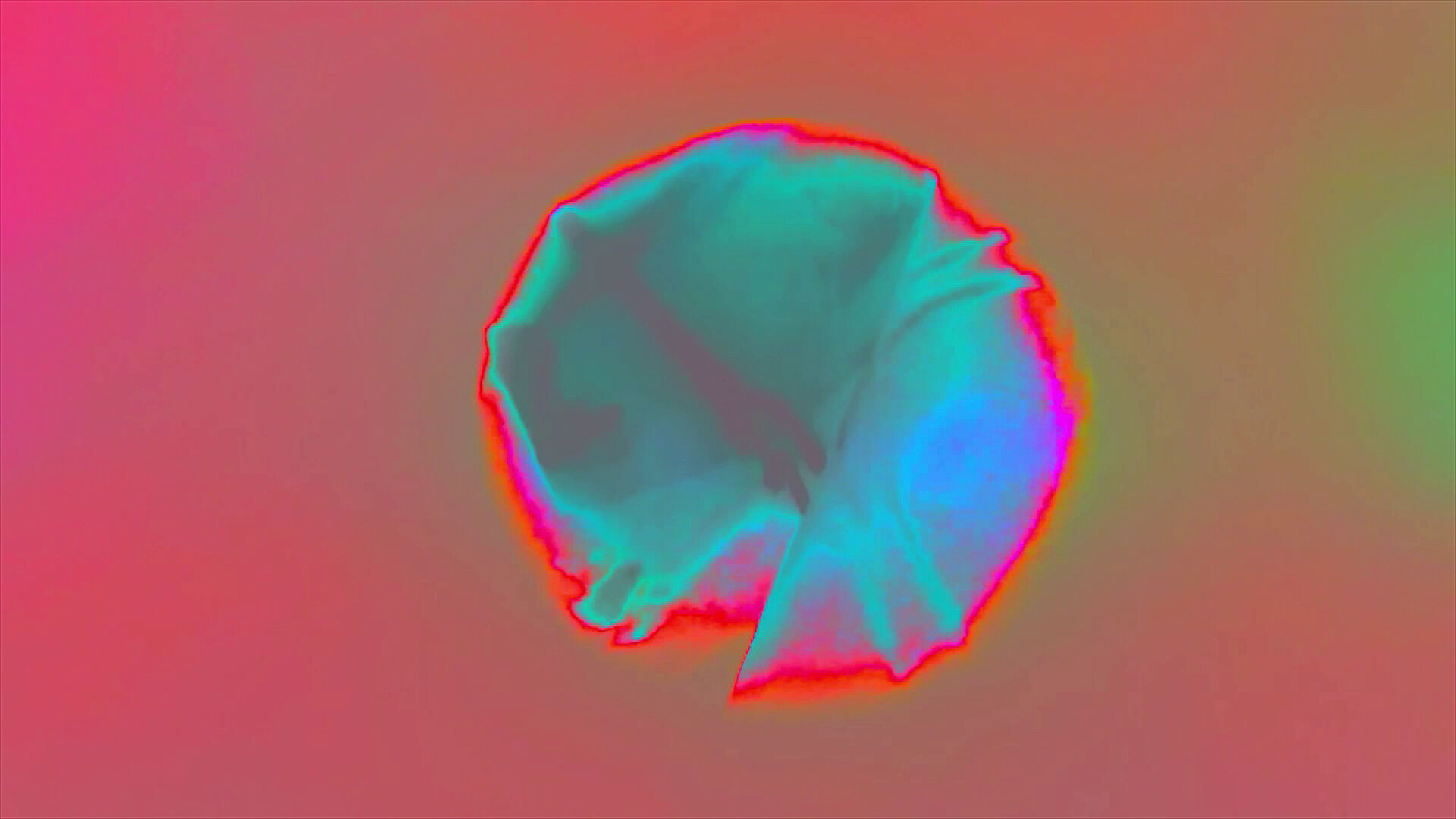
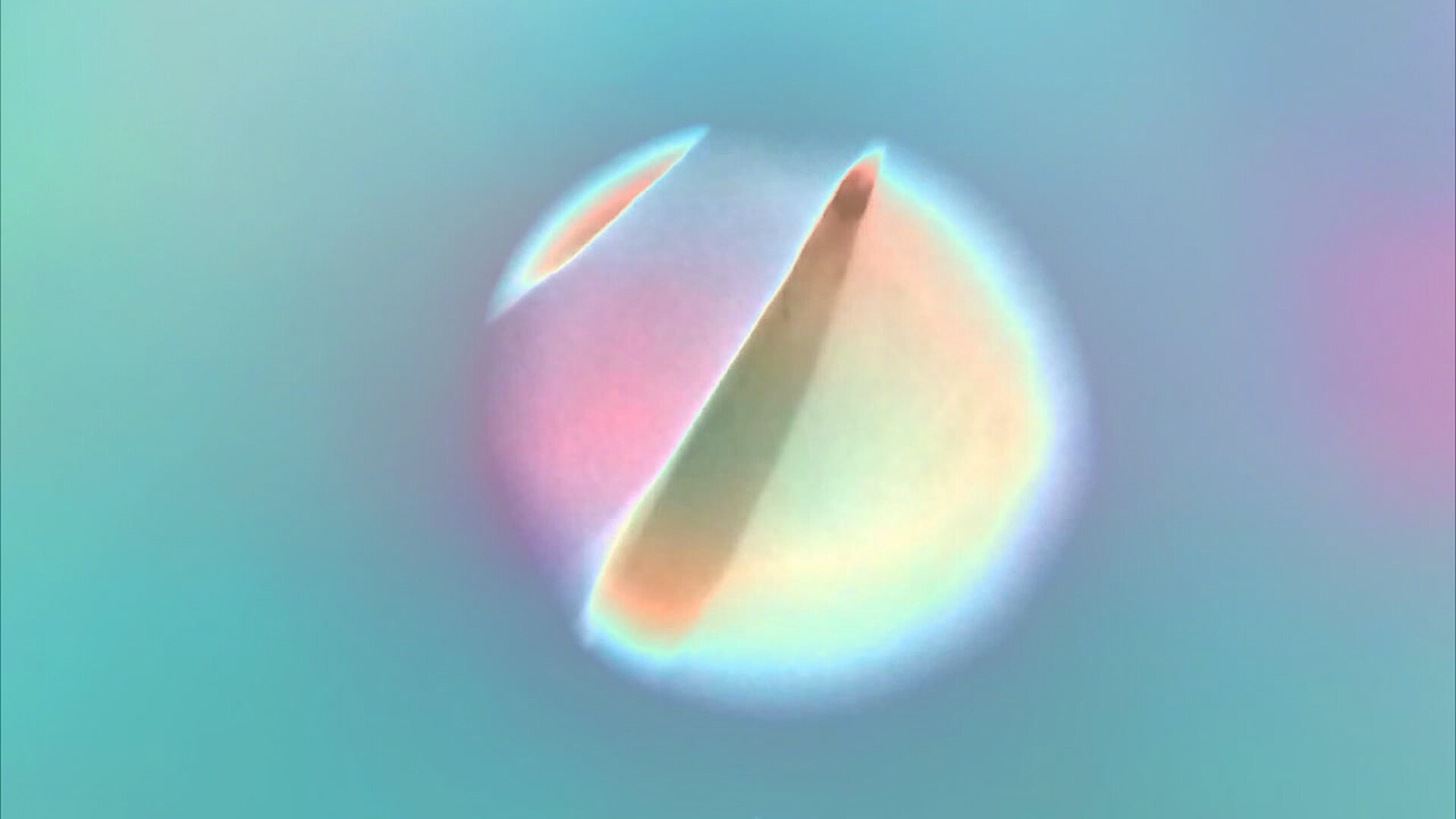
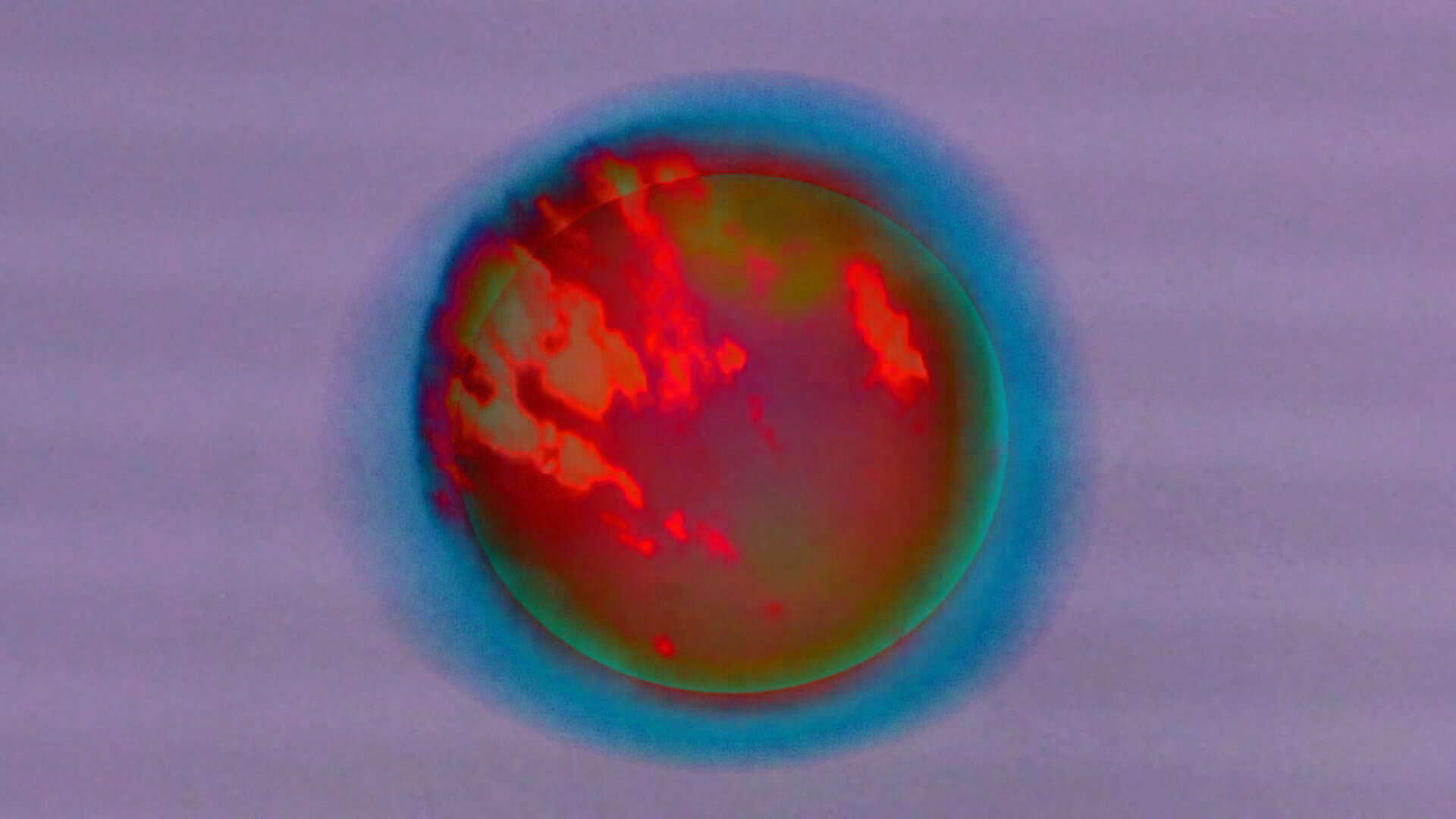
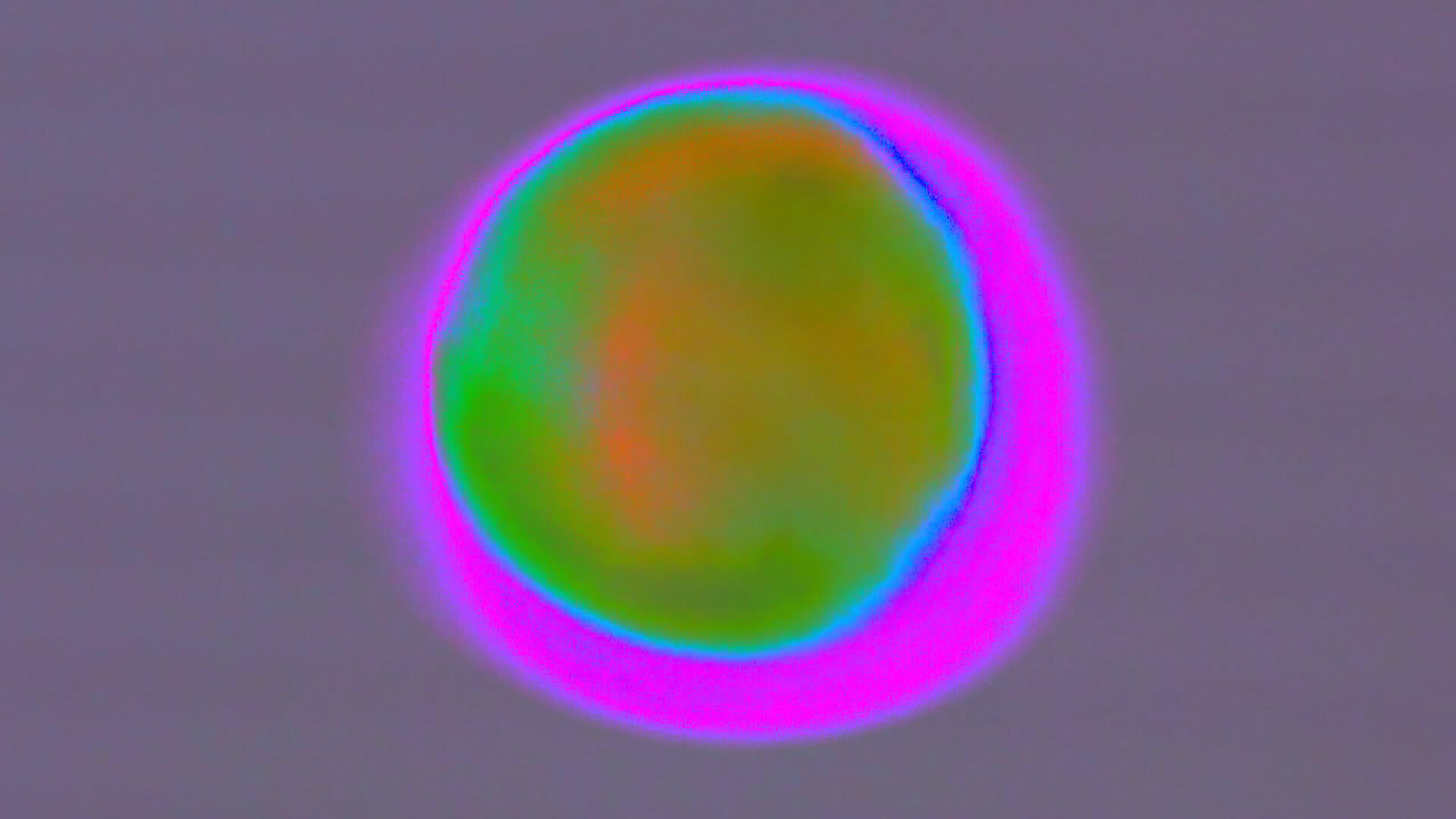
Linda Loh (Australia)
NARS Alumni, 2018 Season IV
@__lindaloh__
Linda Loh is currently in Melbourne, Australia, but she has been based in New York City on and off for the past two years. As a multi-media artist, most of her work has its origins in sources of light. She distorts and transforms these, exploring the elusive form and materiality of digital space.
Download Press Release
CONVERSATIONS
Philippe Halaburda
2015 Season II
@halaburda
Can you tell us a bit more about your process when creating artwork?
I am interested in the randomness of emotion through art by imaging abstract mind or city maps.
Every time we are in a specific environment we feel a certain way, a certain emotional reaction and sometimes even physical. We don’t really notice it because we don’t have time to be aware, but our senses are reacting to every type of environment. My art reveals all these unconscious perceptions.
The blurry boundary between perception and experience always inspired me: I use the term of geographic abstraction.
How are you doing these days? Is your artwork being influenced by or providing an outlet from the current events in the world?
My work is a question of my perception and what I want to express in a certain moment. In this uncertain period of our history, I feel very concerned and inspired. Of course, my art is indirectly influenced by what happened the last months. I observe and translate that through my new abstract compositions of maps. There are probably more chaotic, unbalanced than before.
I like also to renew my medium by using new tools that also allow me to keep my style as an artist, for example I included tapes, fabric and tulle in my materials to be able to expand my work on new surfaces
How do you see the role of art and artists in society today?
We, artists are the observers and also the precursors in term of vision of this world. Our role is to engage, make people think about themselves and ask essential questions. Today more than ever, I think we have a real voice to defend and we have a lot of different ways to do it and reach our audience directly.
Is there something specific that you hope to explore in the future?
Yes, I would love to find new ways to ask people to interact with my work. I make art for me, but when it’s done it’s for the audience, for someone else. I also want to keep a level of liberty to my work and be able to renew myself, my tools and make my art more and more defined with a clear message. I don’t even want to know how my creative process is working – but I would love to explore constantly, discover new technics and adapt them to my style.
Tadasuke Jinno
2014 Season I - II
@tadasukeart
Can you tell us a bit more about your process when creating artwork?
First, I verbalize my vague images. Then I pick out a few key words from them. The rest is a process of visualizing the images.
How are you doing these days? Is your artwork being influenced by or providing an outlet from the current events in the world?
In February, I joined Crosstown Art residency in Memphis, TN. In the middle way things have slowed down for a while due to the effects of the pandemic, but lately things are back to normal in NY and I'm preparing for my solo exhibition starting next month. As for the influence on my work, I don’t think I have been particularly influenced by it.
How do you see the role of art and artists in society today?
Art may be taking a difficult position in the pandemic. It may be powerless in some areas, especially in the current situation. That's why I think it's necessary to present new perspectives and sensations.
Is there something specific that you hope to explore in the future?
I would like to add an element of sound to my current installation of the mutual relationship between the viewer and the work.
Linda Loh
2018 Season IV
@__lindaloh__
Can you tell us a bit more about your process when creating artwork?
My process consists of observation of minutiae and then a process of translation, using digital tools. Usually it begins with abstract photographs or videos of something in my daily life that has caught my attention. This is usually light based, such as a flickering reflection or the shadow effects of a chance angle of the sun through the window. I have a large archive of such imagery and am finding ways to combine original sources, extending them through layering, animation, distortion and compositing. I’m enjoying the multiplicity of options for transformation, and digging into the “what-if” scenarios and multiple choices. I’m curious about what is revealed during this process, discovering unexpected results that lead me further down paths unimagined.
How are you doing these days? Is your artwork being influenced by or providing an outlet from the current events in the world?
I am lucky that I am fine. In September 2019 I embarked on an MFA at the School of Visual Arts in NYC. In March 2020 we continued remotely and I hastily returned to Melbourne. It was a chaotic, disturbing time. Since then Melbourne has had a second COVID wave, and we have been under one of the longest lockdowns in the world. I’m grateful that I have been able to continue the MFA from here, and that I’ve not had the usual external distractions. However it’s certainly depressing to witness closed-up shopping and eating areas, pondering the fate of all the suffering small businesses. I don’t think my work has shifted in that sense but I notice how markedly interpretations have changed, both my own and those of others. There is no doubting that the way we see the world has shifted, as it has always, over time.
How do you see the role of art and artists in society today?
Art is a catalyst for conversations about ideas, and therefore is a contribution to culture. Artists don’t need to be all things to all people, but all have their own role, and there is room for everyone. They work across all domains of culture, at all levels, not just those prevailing in current conversations.
Art has the potential to raise the level of consciousness of humanity. It could be a reminder at a deep, even non-verbal level, of what it is to be human, addressing that part of us that knows. It might sound utopian, but we need to understand this now more than ever if we are to evolve for the good of all. Perhaps art can nudge this process along, whether in tiny one-to-one moments or in societal quantum leaps.
Is there something specific that you hope to explore in the future?
Working in 3D digital space is new for me and I’m inspired by its potential. While new technology is exciting, I’m not that interested in accumulating gadgets and equipment. I want to evoke mood and atmosphere, a sense of space and wonder, which people can experience from wherever they are in the world. Of course, “everyday” tech changes over time, so who knows what I’ll embrace, in spite of myself?
I’m currently doing some writing about Neoplatonism, and some of the ideas I’m uncovering align with mine, validating and consolidating my artistic pursuits. For example, I’ve long been interested in ideas around ineffability, ephemerality, infinity, luminosity and so on, even if they’re not manifest in all my work. It’s good to know these ideas have a long history in my own culture.

